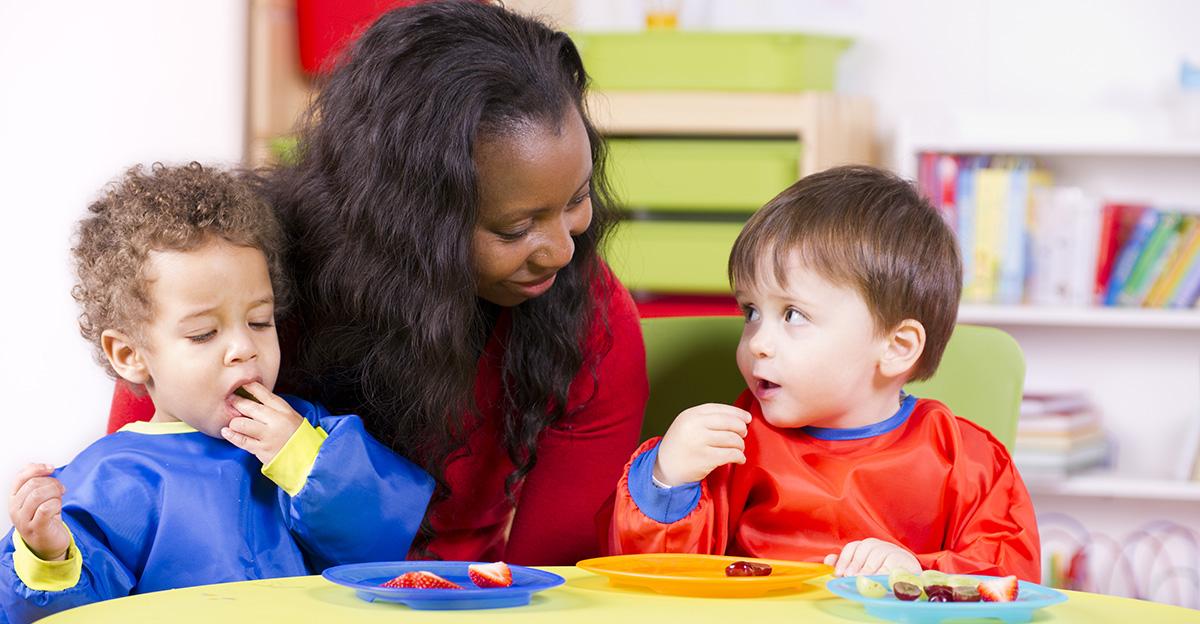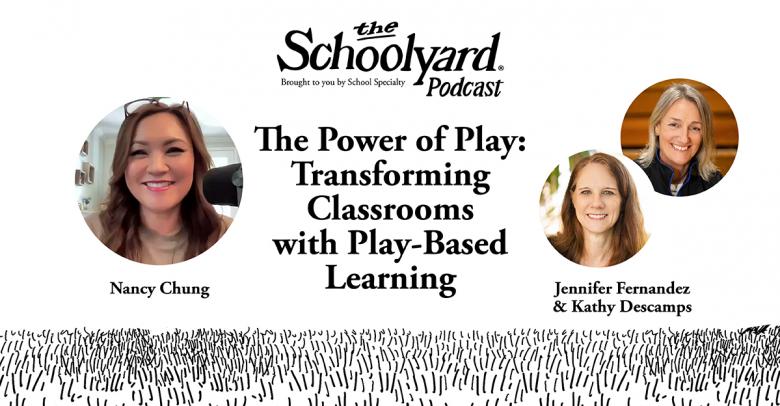Healthy eating habits are a pathway to a happier and longer life, but these habits are much easier to build when they are started from a young age. Kids who are introduced to and become used to consuming healthy food options are more likely to continue to make healthy choices down the road. However, when it comes to teaching physical wellness, there’s more to the equation than choosing the right foods. Keep reading and learn more about the foundational pieces of encouraging the building of strong, healthy bodies in early childhood.
Starting Healthy Eating Habits in Pre-K and Kindergarten
Choosing the right foods and developing healthy eating patterns are two important factors when it comes to nutrition, health, and wellness for early childhood learners. Children today spend a great deal of time in childcare and classrooms. This means educators and caregivers play an important role in influencing these patterns.
Tips to remember when teaching young children about making healthy choices:
- Children grow at different rates. It’s important to highlight that healthy choices are what’s important, not body size or shape.
- Adults need to be role models by eating and discussing healthy food choice options made during meals and snack time.
- Plan meals and snacks at regular times to help young children develop good eating patterns, rather than learning to devour too large or small of a portion at mealtimes.
- Help students learn the differences between cues for hunger and just plain boredom.
Teaching Hunger and Full Signals in Early Childhood
Overeating or eating when not hungry are two key problems in the development of unhealthy eating patterns. In order to avoid this, educators can help young children to better understand their body’s signals for both hunger and satiety.
Four tips for helping young children develop healthy eating habits:
- Monitor Snacking: One of the best ways to reinforce eating when hungry and stopping when full is to refrain from allowing snacks too close to meal times. It’s important that young children learn to feel hungry at meal times. It’s also okay to allow hunger to build up before a meal.
- Don’t Push It: However, it’s also helpful to serve children small portions, to give them more when they request it, and not to force them to finish what is left. This reinforces eating till they are full at mealtime, and doesn’t encourage them to continue eating past feeling satisfied.
- Leave Emotions Out: Refrain from using a treat as a bribe to get children to eat healthy food. This helps keep emotional eating from becoming a problem later in life. Also avoid offering treats to young children who don’t eat a balanced meal, claiming they weren’t hungry.
- Include Play with Healthy Food: This could mean helping out in the garden, playing with healthy dramatic play food, or even participating in making dinner. Early childhood learners will benefit from feeling like they are part of making their own healthy choices.
Read More About Education and the Development of Healthy Bodies
If you are interested in learning more about health education and the development of healthy bodies as a early childhood educator or parent, check out the our Healthy Students category.






Leave a Reply